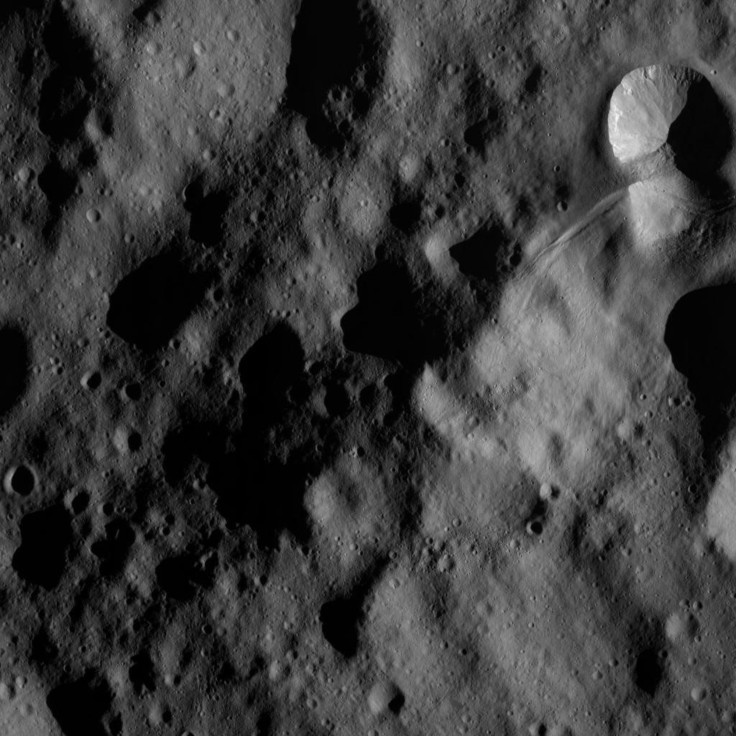Australia Hosts World’s Largest Asteroid Crater Zone

Central Australia has the world’s largest asteroid crater zone, a group of scientists from the Australian National University (ANU) said in their research published in the journal Tectonophysics. The impact zone, spreading over an area 400 kilometres (250 miles) wide, was caused by a gigantic meteorite that split in two shortly before smashing into Earth.
The double punch that happened millions of year ago wiped out a large numbers of species during that time. "The two asteroids must each have been over 10 kilometers across -- it would have been curtains for many life species on the planet at the time," lead researcher Andrew Glikson of the Australian National University said.
The crater from the impact has long disappeared. But a team of geophysicists found evidences of the impacts in a rock deemed to be 300-600 million years old, embedded in the crust that is 30 kilometres (19 miles) deep. The impact zone area was in the Warburton Basin in Central Australia, near the borders of South Australia, Queensland and the Northern Territory.
"There are two huge deep domes in the crust, formed by the Earth's crust rebounding after the huge impacts and bringing up rock from the mantle below," Glikson said. He added they have yet to determine the age of the asteroid impact, but believed the material they saw came from the same meteorite. "The next step will be more research, hopefully deep crust seismic traverses," he said.
The discovery has generated a lot of interest and people would want to know if they have any relation to the impact and demise of the dinosaurs, Glikson said. "Large impacts like these may have had a far more significant role in the Earth's evolution than previously thought." He suspects the impact could be older than 300 million years.
To report problems or to leave feedback about this article, email: e.misa@ibtimes.com.au.





















